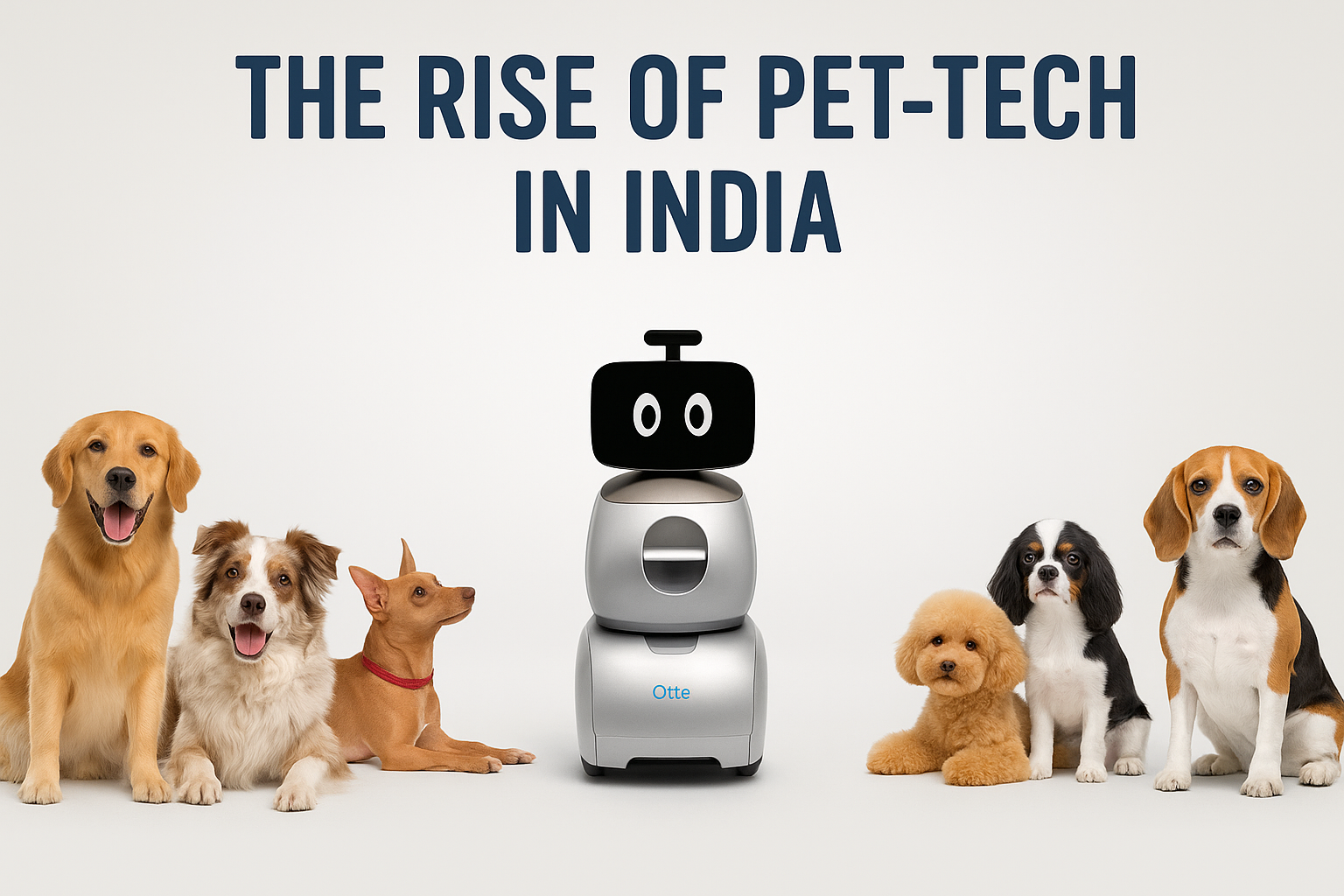Are you tired of leaving your furry friend behind when you go on vacation? Do you want to create unforgettable memories with your pet? Look no further! With some planning and research, you can take your pet on the ultimate adventure. Hashtag Magazine walks you through the steps to plan the perfect vacation with your pet.
I. Preparation is Key
Before you start planning your trip, make sure your pet is ready for travel. Here are a few things to consider:
1. Health Certificate: Obtain a health certificate for your pet from a licensed veterinarian within 10 days of travel.
2. Vaccinations: Ensure your pet is up-to-date on all necessary vaccinations.
3. Microchip: Microchip your pet for easy identification.
4. Pet Insurance: Consider investing in pet insurance that covers travel-related accidents or illnesses.
II. Choosing the Right Destination
Not all destinations are pet-friendly, so it’s essential to research and choose a location that welcomes pets. Consider the following:
1. Pet-Friendly Accommodations: Look for hotels, resorts, or vacation rentals that allow pets.
2. Pet-Friendly Activities: Choose destinations with pet-friendly activities, such as hiking trails, dog parks, or pet-friendly beaches.
3. Local Pet Regulations: Research local pet regulations, such as licensing requirements or pet curfews.
III. Packing Essentials
When traveling with your pet, it’s crucial to pack the right essentials. Here are a few must-haves:
1. Food and Water: Pack enough food and water for the duration of your trip, plus extra in case of unexpected delays.
2. Medications: If your pet has any medical conditions, be sure to pack their medications and any necessary documentation.
3. Comfort Items: Bring your pet’s favorite toys, blankets, or beds to provide comfort in unfamiliar surroundings.
4. Pet First Aid Kit: Assemble a pet first aid kit with essentials like bandages, antiseptic wipes, and any medications your pet may need.
IV. Transportation
When traveling with your pet, you’ll need to consider their safety and comfort during transportation. Here are a few options:
1. Car Travel: If you’re driving, make sure your pet is comfortable and secure in a pet carrier or harness.
2. Air Travel: If you’re flying, research pet-friendly airlines and book a direct flight to minimize travel stress.
3. Pet-Friendly Transportation Services: Consider hiring a pet-friendly transportation service to transport your pet safely and comfortably.
V. Tips for a Stress-Free Trip
Travelling with your pet can be stressful, but with some planning and preparation, you can minimize stress and ensure a fun, relaxing trip for both you and your pet. Here are a few tips:
1. Acclimate Your Pet: Before travelling, acclimate your pet to their carrier or harness to reduce stress during travel.
2. Provide Regular Breaks: During car travel, provide regular breaks for exercise, feeding, and potty breaks.
3. Keep Your Pet’s Routine Consistent: Stick to your pet’s regular feeding, exercise, and sleep routine to provide a sense of familiarity and comfort.
By following these steps and tips, you can plan the ultimate vacation with your pet. Remember to always prioritize your pet’s safety, comfort, and well-being, and with a little planning and preparation, you’ll create unforgettable memories with your furry friend.


































